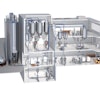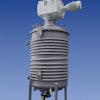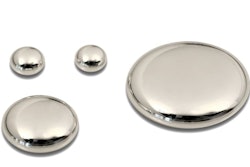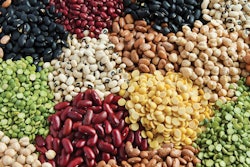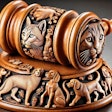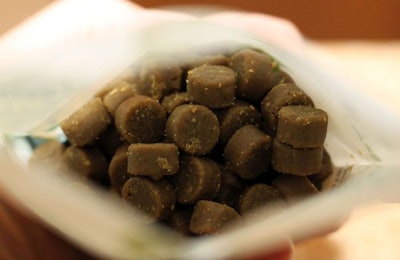
Packaged Facts pet food industry analysts concluded that the pet product packaging market reached US$3.6 billion in 2017, led by paper bags for dry kibble. Pet food and treat packaging, which made up 86 percent of sales, accounted for the majority of that market. Packaged Facts published their observations of the pet food packaging market in their report “Pet Product Packaging Innovation.”
Dry and wet pet food packaging in 2017
Dry pet food packaging was the largest portion of the total with 31 percent of the market. Bags account for 80 percent of dry pet food packaging sales. Pouches have grown in popularity for dry kibble. Pouches offer a sense of luxury for premium pet foods, according to Packaged Facts analysts. While paper bags are the most common material at 60 percent market share, plastic is rising in popularity.
“Use of plastic for dry food applications approaches that of paper in terms of value, and will likely overtake paper by value over the next five years because of its increased use for premium and super premium pet food brands,” wrote Packaged Facts analysts in the report’s executive summary.
Wet pet food packaging accounted for 28 percent of the market. Pet treat containers made up 27 percent of the pet food packaging market. Cans were the most common form of wet pet food packaging. Pouches were the second most common style. Plastic trays have been slowly growing in market share. Plastic tubs and cartons have become more common, especially for use with raw and refrigerated pet foods.
Materials used in pet food packaging
“By material, paperboard is the largest by both volume and value in pet product packaging,” wrote the Packaged Facts analysts. “By value plastic represented to a similar share of the market because of its higher material costs and extensive use in pouches for treats, wet pet food, and smaller bags of dry pet food. Metal cans see the third largest material use by value, followed by wovens.”

